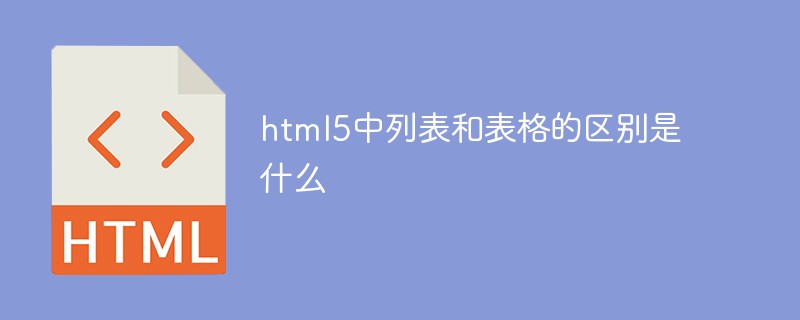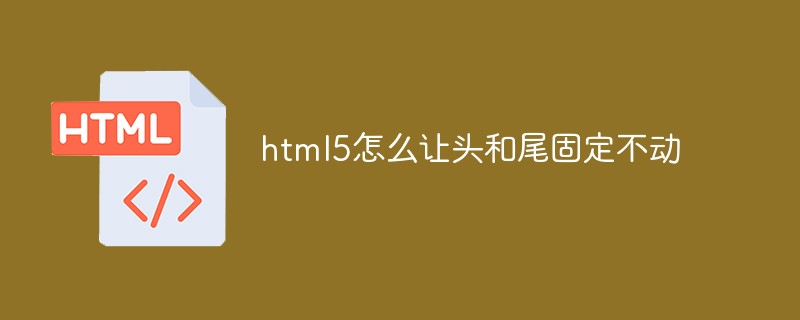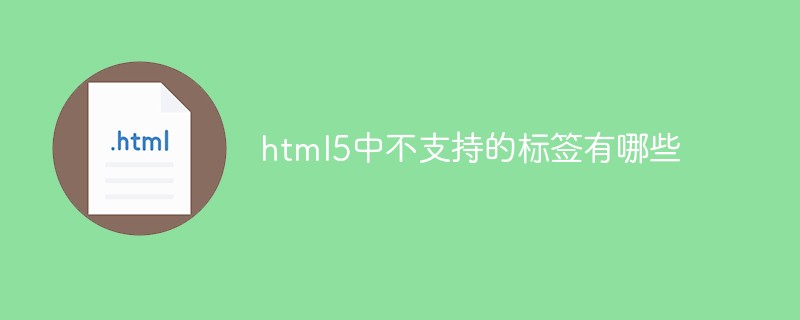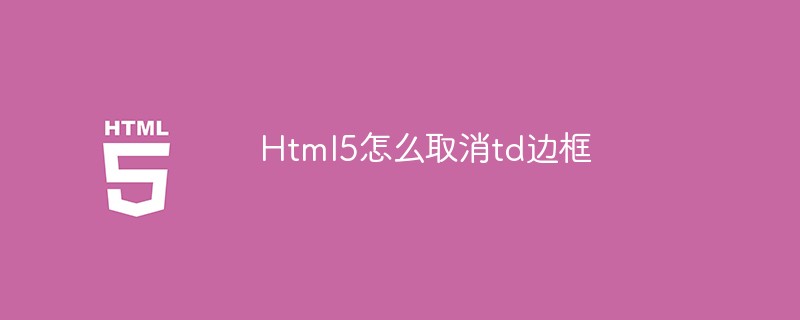Function Description:
## Within one minute, Use the left mouse button to circle bubbles on the canvas, where the points of bubbles are 10 (white), 20 (light blue), 30 (yellow), -10 (red), -20 (green), -30 (dark blue), which can be used once Circle multiple bubbles and the total score will be calculated when the countdown is over. This game is based on cnGameJS.
Effect preview:

Implementation analysis:
First, each ball Define a ball class. Since the ball needs to use pictures and has a certain size and movement, this classinherits the sprite class of cnGameJS. In addition to having x and y coordinates, the ball class also has a z coordinate , which is used to make the ball have a visual difference in distance from the player.
/* 小球对象 */
var Ball=function(opt){
this.parent.call(this,opt);
this.oriPos=[this.x+this.width/2,this.y+this.height/2];
this.oriSize=opt.size;
this.z=opt.z||0;
this.score=opt.score||0;
this.oriSpeedZ=4+Math.random()*4;
this.scale=1;
this.resetXY();
}
cg.core.inherit(Ball,Sprite); After that, we add the resetXY method to the ball. This method changes the position and size of the ball according to the z coordinate of the ball, so that the ball has a visual difference between far and near. First, calculate the scaling ratio scale based on z, and then adjust x, y, width, and height based on scale. In addition, we make the ball disappear when z is greater than 1000, thus preventing the ball from being too large and occupying the entire screen. cg.core.extendProto(Ball,{
disappear:function(){//小球被选中消失
list.remove(this);
},
resetXY:function(){//根据Z改变x,y的位置和尺寸
var oriX=this.oriPos[0];
var oriY=this.oriPos[1];
var oriSize=this.oriSize;
this.scale=((center[0]+this.z)/center[0]);//相对于现时的scale
this.x=(oriX-center[0])*this.scale+center[0];
this.y=(oriY-center[1])*this.scale+center[1];
this.height=this.width=this.oriSize*this.scale;
this.speedZ=this.oriSpeedZ*this.scale;
if(this.z>1000){
this.disappear();
}
},
update:function(){
this.parent.prototype.update.call(this);
this.resetXY();
}
}); Later, in order to manage multiple balls, you can add a ball manager. The manager is responsible for dynamically changing the distance between the ball and the player and making the ball appear in a random position on the canvas: /* 小球对象管理器 */
var ballsManager={
createDuration:200,
ballSize:30,
lastCreateTime:Date.now(),
/* 随机生成小球 */
createRandomBalls:function(num){
var now=Date.now();
if(now-this.lastCreateTime>this.createDuration){
for(var i=0;i<num;i++){
var x=Math.random()* cg.width;
var y=Math.random()* cg.height;
var randomKind=ballKinds[Math.floor(Math.random()*6)];//随机获得的小球种类和分值
var newBall=new Ball({x:x,y:y,size:this.ballSize,z:-280,score:randomKind[1]});
newBall.setCurrentImage(srcObj[randomKind[0]]);//设置图片
list.add(newBall);
}
this.lastCreateTime=now;
}
},
/* 改变小球位置 */
changeBallsPos:function(){
var ballsArr=list.get(function(elem){
return elem instanceof Ball;
});
for(var i=0,len=ballsArr.length;i<len;i++){
var ball=ballsArr[i];
ball.z+=ball.speedZ;
}
}
} This is the introduction to ball management, and then we will mainly introduce how to implement mouse circle selection. If we draw a line segment based on the current position of the mouse and the previous position every time the frame updates, then the movement trajectory of the mouse can be represented by a curve, which It is composed of line segments drawn each time, so we can also say that the curve is a curve composed of multiple line segments connected end to end. Therefore, we can first implement a line segment class:
/* 直线 */
var line=function(options){
if (!(this instanceof arguments.callee)) {
return new arguments.callee(options);
}
this.init(options);
}
line.prototype = {
/**
*初始化
**/
init: function(options) {
this.start=[0,0];
this.end=[0,0];
this.style="red";
this.lineWidth=1;
this.context=cg.context;
options = options || {};
cg.core.extend(this,options);
}, This class saves the starting point coordinates and end point coordinates of the line segment, as well as the width, style, etc. What needs to be considered next is how to implement circle selection. When we draw a circle with the mouse, each small line segment forms a closed polygon. At this time, we can say that the mouse has circled a closed area, and then we can further calculate which small balls are in the area. But how to determine whether the mouse has circled a closed area? The method used here is: Traverse each line segment, traverse the remaining line segments starting from the next line segment and the next line segment, and determine whether any of them intersects with the starting line segment. If they intersect, prove the curve closed. Note that traversing from the next line segment to the next line segment here is to skip the situation where the line segments are connected end to end. (For example, the first line segment must intersect with the second line segment, so start judging from the third line segment and skip the intersection of adjacent line segments.) The code is as follows:
/* 返回轨迹是否闭合 */
var isClose=function(lines){
var hasClose=false;
for(var i=0;i<lines.length;i++){
var l1=lines[i];
for(var j=i+2;j<lines.length;j++){
var l2=lines[j];
if(l2){
var point=l1.isCross(l2);//交点坐标
if(point){//非连接的相交
resetLineSegs(lines,i,j,point);
hasClosed=true;
return true;
}
}
}
}
return false;
}; The isCross method returns the intersection point of the line segments After we obtain the coordinates, we need to correct the polygon into a real polygon, because the polygon circled with the mouse is not a real polygon, and its beginning and end parts are likely to be prominent, as shown below:

In this case, the trajectory is not a strict polygon, because it has extra blue and green parts. So we need to perform a correction operation on the circled polygon to turn it into a real closed polygon:
/* 重置线段 */
var resetLineSegs=function(lines,i,j,point){
lines[i].end[0]=point[0];
lines[i].end[1]=point[1];
lines[i+1].start[0]=point[0];
lines[i+1].start[1]=point[1];
lines[j].start[0]=point[0];
lines[j].start[1]=point[1];
lines[j-1].end[0]=point[0];
lines[j-1].end[1]=point[1]; for(var m=i+1;m<j;m++){
closedLineSegsArr.push(lines[m]);
}
} When we determine that two line segments intersect, we can obtain these two line segments The index, here are i and j (i for(var i=0,len=closedLineSegsArr.length;i<len;i++){
pointsArr.push([closedLineSegsArr[i].start[0],closedLineSegsArr[i].start[1]]);
}
polygon=new Polygon({pointsArr:pointsArr,style:"rgba(241,46,8,0.5)"});
判断小球是否在多边形里,可以转化为判断小球的中点是否在多边形里,这里使用的方法叫射线法,意思是从一点向左发射出一条射线,如果射线和多边形有奇数个交点,则证明点在多边形内部。根据该定理实现的isInside方法如下:
/**
*判断某点是否在多边形内(射线法)
**/
isInside:function(point){
var lines=this.getLineSegs();
var count=0;//相交的边的数量
var lLine=new Line({start:[point[0],point[1]],end:[-9999,point[1]]});//左射线
var crossPointArr=[];//相交的点的数组
for(var i=0,len=lines.length;i<len;i++){
var crossPoint=lLine.isCross(lines[i]);
if(crossPoint){
for(var j=0,len2=crossPointArr.length;j<len2;j++){
//如果交点和之前的交点相同,即表明交点为多边形的顶点
if(crossPointArr[j][0]==crossPoint[0]&&crossPointArr[j][1]==crossPoint[1]){
break;
}
}
if(j==len2){
crossPointArr.push(crossPoint);
count++;
}
}
}
if(count%2==0){//不包含
return false;
}
return true;//包含
},另外需要注意的是,由于射线与多边形相交交点个数是通过射线和多边形的每条边是否相交来判断,所以如果射线通过多边形的顶点,我们得出的结果就是相交了两次(通过顶点使射线与两条边都有相交)。因此我们需要记录判断过的交点,每次判断时检查该交点是否已经出现过,若出现过则不纳入计数,这样就基本实现了判断小球是否在鼠标圈选的多边形区域内。
The above is the detailed content of HTML5 code sharing for circle bubble game. For more information, please follow other related articles on the PHP Chinese website!
 html5的div一行可以放两个吗Apr 25, 2022 pm 05:32 PM
html5的div一行可以放两个吗Apr 25, 2022 pm 05:32 PMhtml5的div元素默认一行不可以放两个。div是一个块级元素,一个元素会独占一行,两个div默认无法在同一行显示;但可以通过给div元素添加“display:inline;”样式,将其转为行内元素,就可以实现多个div在同一行显示了。
 html5中列表和表格的区别是什么Apr 28, 2022 pm 01:58 PM
html5中列表和表格的区别是什么Apr 28, 2022 pm 01:58 PMhtml5中列表和表格的区别:1、表格主要是用于显示数据的,而列表主要是用于给数据进行布局;2、表格是使用table标签配合tr、td、th等标签进行定义的,列表是利用li标签配合ol、ul等标签进行定义的。
 html5怎么让头和尾固定不动Apr 25, 2022 pm 02:30 PM
html5怎么让头和尾固定不动Apr 25, 2022 pm 02:30 PM固定方法:1、使用header标签定义文档头部内容,并添加“position:fixed;top:0;”样式让其固定不动;2、使用footer标签定义尾部内容,并添加“position: fixed;bottom: 0;”样式让其固定不动。
 HTML5中画布标签是什么May 18, 2022 pm 04:55 PM
HTML5中画布标签是什么May 18, 2022 pm 04:55 PMHTML5中画布标签是“<canvas>”。canvas标签用于图形的绘制,它只是一个矩形的图形容器,绘制图形必须通过脚本(通常是JavaScript)来完成;开发者可利用多种js方法来在canvas中绘制路径、盒、圆、字符以及添加图像等。
 html5中不支持的标签有哪些Mar 17, 2022 pm 05:43 PM
html5中不支持的标签有哪些Mar 17, 2022 pm 05:43 PMhtml5中不支持的标签有:1、acronym,用于定义首字母缩写,可用abbr替代;2、basefont,可利用css样式替代;3、applet,可用object替代;4、dir,定义目录列表,可用ul替代;5、big,定义大号文本等等。
 html5废弃了哪个列表标签Jun 01, 2022 pm 06:32 PM
html5废弃了哪个列表标签Jun 01, 2022 pm 06:32 PMhtml5废弃了dir列表标签。dir标签被用来定义目录列表,一般和li标签配合使用,在dir标签对中通过li标签来设置列表项,语法“<dir><li>列表项值</li>...</dir>”。HTML5已经不支持dir,可使用ul标签取代。
 Html5怎么取消td边框May 18, 2022 pm 06:57 PM
Html5怎么取消td边框May 18, 2022 pm 06:57 PM3种取消方法:1、给td元素添加“border:none”无边框样式即可,语法“td{border:none}”。2、给td元素添加“border:0”样式,语法“td{border:0;}”,将td边框的宽度设置为0即可。3、给td元素添加“border:transparent”样式,语法“td{border:transparent;}”,将td边框的颜色设置为透明即可。
 html5是什么意思Apr 26, 2021 pm 03:02 PM
html5是什么意思Apr 26, 2021 pm 03:02 PMhtml5是指超文本标记语言(HTML)的第五次重大修改,即第5代HTML。HTML5是Web中核心语言HTML的规范,用户使用任何手段进行网页浏览时看到的内容原本都是HTML格式的,在浏览器中通过一些技术处理将其转换成为了可识别的信息。HTML5由不同的技术构成,其在互联网中得到了非常广泛的应用,提供更多增强网络应用的标准机。


Hot AI Tools

Undresser.AI Undress
AI-powered app for creating realistic nude photos

AI Clothes Remover
Online AI tool for removing clothes from photos.

Undress AI Tool
Undress images for free

Clothoff.io
AI clothes remover

AI Hentai Generator
Generate AI Hentai for free.

Hot Article

Hot Tools

SublimeText3 English version
Recommended: Win version, supports code prompts!

Safe Exam Browser
Safe Exam Browser is a secure browser environment for taking online exams securely. This software turns any computer into a secure workstation. It controls access to any utility and prevents students from using unauthorized resources.

Zend Studio 13.0.1
Powerful PHP integrated development environment

DVWA
Damn Vulnerable Web App (DVWA) is a PHP/MySQL web application that is very vulnerable. Its main goals are to be an aid for security professionals to test their skills and tools in a legal environment, to help web developers better understand the process of securing web applications, and to help teachers/students teach/learn in a classroom environment Web application security. The goal of DVWA is to practice some of the most common web vulnerabilities through a simple and straightforward interface, with varying degrees of difficulty. Please note that this software

mPDF
mPDF is a PHP library that can generate PDF files from UTF-8 encoded HTML. The original author, Ian Back, wrote mPDF to output PDF files "on the fly" from his website and handle different languages. It is slower than original scripts like HTML2FPDF and produces larger files when using Unicode fonts, but supports CSS styles etc. and has a lot of enhancements. Supports almost all languages, including RTL (Arabic and Hebrew) and CJK (Chinese, Japanese and Korean). Supports nested block-level elements (such as P, DIV),






